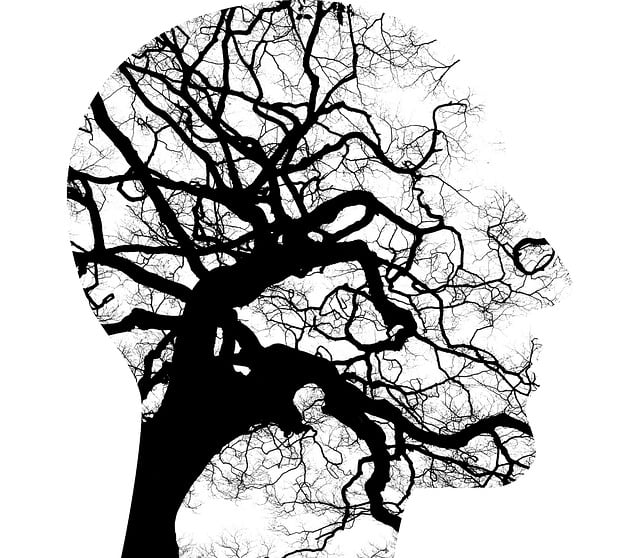Mental health professionals specializing in Golden Abuse Survivors Therapy (GST) face unique challenges that require a robust risk management approach. Effective GST practice demands cultural competency to address trauma responses and burnout prevention strategies to protect both survivors and healthcare providers. By integrating tailored training, stress reduction methods, regular supervision, and peer support networks, therapists can create a safe, supportive environment that promotes healing while minimizing risks. Proactive risk assessments, crisis intervention guidance, and ongoing professional development ensure secure, trauma-informed care for GST clients.
Mental health professionals working with survivors of abuse, such as those utilizing Golden Abuse Survivors Therapy (GST), face unique risks. This article provides a comprehensive guide to risk management planning, delving into understanding specific threats, developing tailored strategies, and implementing effective mitigation measures. We explore key components for a robust risk management plan, highlighting the importance of continuous evaluation and improvement. By adopting these practices, mental health professionals can enhance safety and foster healing environments for GST clients.
- Understanding Risks in Mental Health Practice with Golden Abuse Survivors Therapy (GST)
- Developing a Comprehensive Risk Management Plan for GST Professionals
- Implementing Strategies to Mitigate and Respond to Potential Hazards
- Continuous Evaluation and Improvement in Risk Management for Mental Health Professionals Using GST
Understanding Risks in Mental Health Practice with Golden Abuse Survivors Therapy (GST)

Mental health professionals working with survivors of golden abuse face unique challenges. Golden Abuse Survivors Therapy (GST) involves complex ethical and emotional considerations due to the sensitive nature of the client population. Understanding risks is a critical component of risk management planning for these professionals.
Integrating GST into practice requires healthcare providers to develop cultural competency, ensuring they are equipped to address the specific needs and trauma responses of survivors. Effective risk management strategies include burnout prevention techniques designed to support mental health awareness and resilience among both providers and clients. By prioritizing these aspects, healthcare providers can create a safe and supportive environment, fostering healing while mitigating potential risks within this specialized therapeutic setting.
Developing a Comprehensive Risk Management Plan for GST Professionals

Mental health professionals working with Golden Abuse Survivors (GST) face unique challenges that demand a robust risk management approach. Developing a comprehensive risk management plan is essential to ensure the safety and well-being of both the survivors and healthcare providers. This strategy should encompass identifying potential risks, implementing mitigation measures, and establishing clear protocols for managing crises. By integrating these practices, mental health professionals can create a supportive environment that fosters healing while minimizing hazards.
A key component involves tailored training, such as Healthcare Provider Cultural Competency Training, to enhance understanding of GST-specific issues. Equipping practitioners with effective communication skills and cultural awareness enables them to address sensitive topics and provide culturally competent care. Additionally, incorporating stress reduction methods within the risk management plan is vital. This can include regular supervision, peer support, and self-care practices to mitigate burnout and ensure professionals remain resilient in their roles.
Implementing Strategies to Mitigate and Respond to Potential Hazards

Implementing effective risk management strategies is paramount for mental health professionals to create a safe and supportive environment for both clients and themselves. By proactively identifying potential hazards, therapists can mitigate risks and foster a secure therapeutic space. This involves creating detailed crisis management plans tailored to each client’s unique needs, especially those who have experienced golden abuse survivors therapy. Such plans should outline clear steps for responding to acute crises, ensuring the well-being of both the individual in distress and the therapist.
Moreover, integrating mood management techniques and trauma support services within these strategies is vital. Mental health professionals can prevent burnout by adopting burnout prevention strategies for healthcare providers, ensuring they maintain a healthy work-life balance. Regular self-care practices, supervision, and access to peer support networks are essential components of an overall risk management plan, fostering resilience and facilitating the provision of high-quality care.
Continuous Evaluation and Improvement in Risk Management for Mental Health Professionals Using GST

Mental health professionals must embrace a culture of continuous evaluation and improvement in risk management to ensure the best care for their clients. Incorporating Golden Abuse Survivors Therapy (GST) principles offers a powerful framework. GST encourages professionals to proactively identify potential risks and vulnerabilities, much like Trauma Support Services focus on addressing underlying trauma. This involves regular risk assessments tailored to individual client needs, utilizing tools like structured clinical interviews and behavioral observations.
By integrating these practices into their workflow, mental health professionals can enhance their ability to predict and mitigate crises. Crisis intervention guidance, informed by GST and evidence-based practices, equips them with the skills to respond effectively during acute situations, thereby fostering a safer environment for both client and practitioner. Through ongoing reflection, peer supervision, and professional development, mental health professionals can refine their risk management strategies, ensuring they remain at the forefront of providing secure and supportive trauma-informed care.
Mental health professionals working with survivors of golden abuse (Golden Abuse Survivors Therapy or GST) face unique challenges. By implementing a robust risk management plan, these practitioners can ensure a safe and supportive environment for their clients. This involves understanding specific risks, developing tailored strategies, and continuously evaluating and improving practices. Embracing these steps not only protects both professionals and clients but also enhances the effectiveness of GST therapy in fostering healing and recovery.














